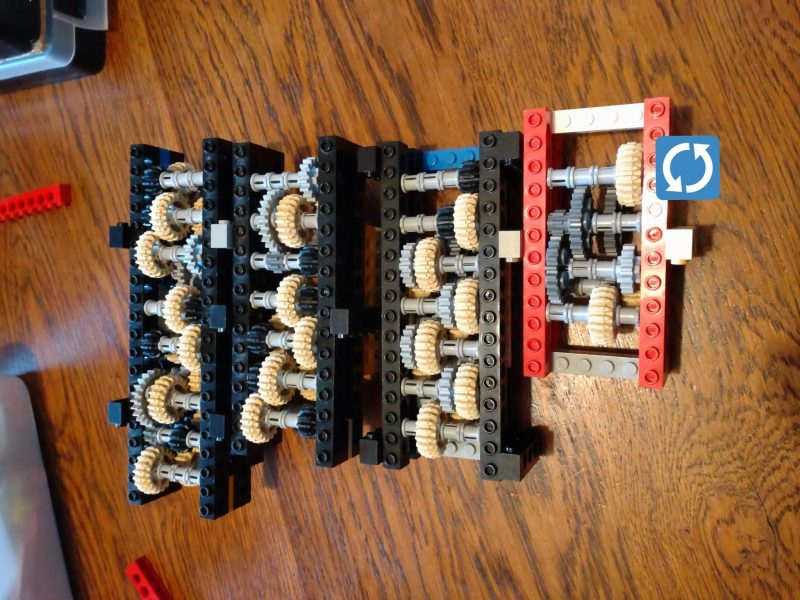Although the tides in the ocean are caused by the motion of the Sun and the Moon, both of which are easy to observe, accurately predicting the tide more than a few days in advance turns out to be rather difficult. The math behind the tidal movement is so complex that some of the earliest analog computers were built specifically to perform tide calculations. Sir William Thomson (better known as Lord Kelvin) designed one such “tide-predicting machine”, an impressive arrangement of gears and pulleys, back in the late 19th century.
[Pepijn de Vos] built a modern interpretation of Thomson’s machine out of LEGO parts, and it’s no less impressive than the original. A total of 96 LEGO gears move perfectly in sync to the ocean’s natural rhythms, while a set of pulleys connect four banks of gears together to create the sum of the constituent frequencies. An ultrasonic sensor reads the output value and sends the result back to a PC.
One interesting problem that [Pepijn] ran into, and which he explains in great detail on his blog, is that LEGO gears can only provide a very limited set of gear ratios. In order to match the tide calculations to any kind of precision, he needed to connect many gears in series without creating too much friction and backlash in the mechanism. Optimizing this setup was a non-trivial task that required a significant amount of computing power by itself.
As you can see in the video embedded below, the machine makes beautifully smooth movements, which correspond quite accurately to the actual motion of tides. If you’re interested in the science behind analog tide predictors, we’ve got an in-depth article about just that.















I liked the use of SA in the optimisation, second time I’ve seen it used on projects posted here in the last couple of weeks, “non-trivial” seems like an understatement.
Looks like playtime with the nieces next weekend is gonna be more school lol. This is awesome! Kudos on dealing with the gears given and doing the cat math to make it work.
I occasionally worked on the network equipment at Bidston Observatory in the UK, and they had one of these in the reception area (in fact this article may even include a photo of it in situ): https://ntslf.org/about-tides/doodson-machine
Found this on Lego Ideas. Same thing but with a bit more style. Could be a real Lego released set if it gets enough votes.
https://ideas.lego.com/projects/6d48bdf0-6ad5-4d01-af54-3162b9f81593